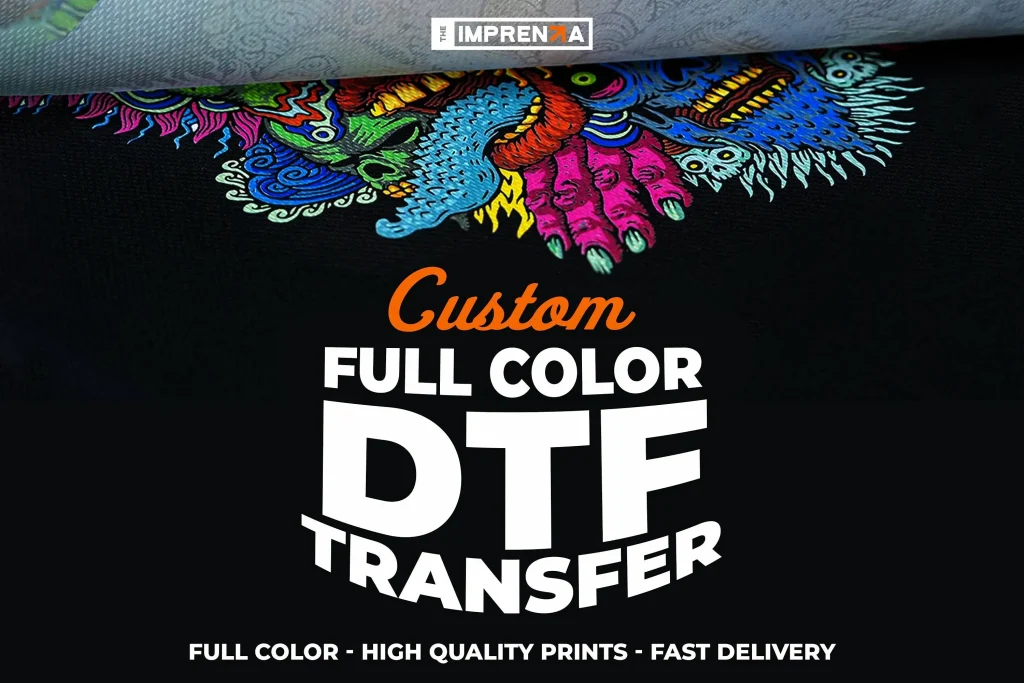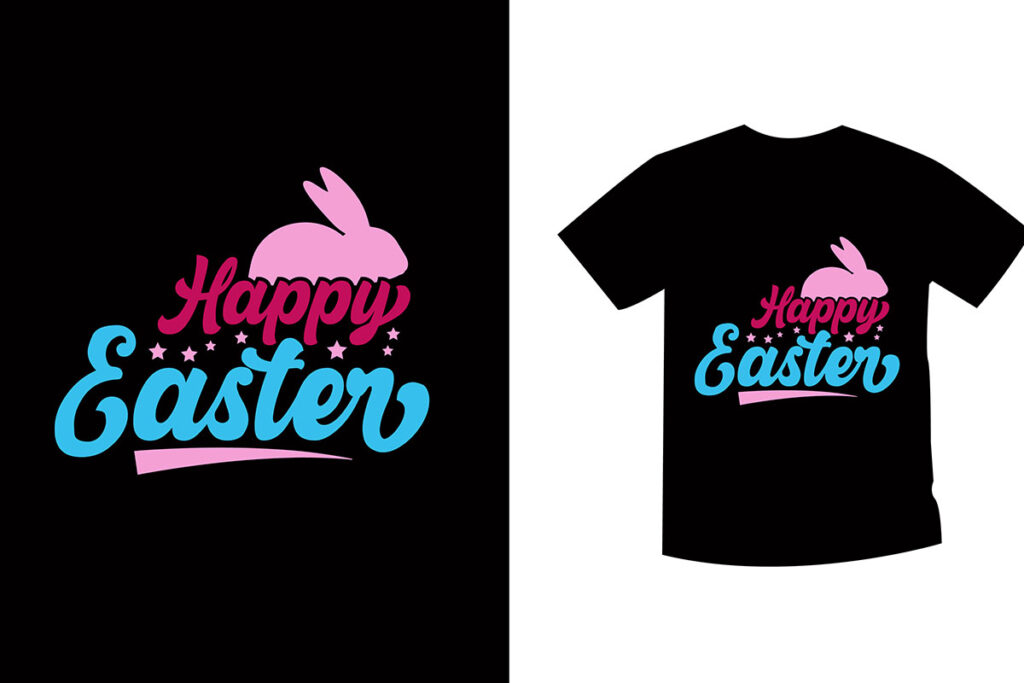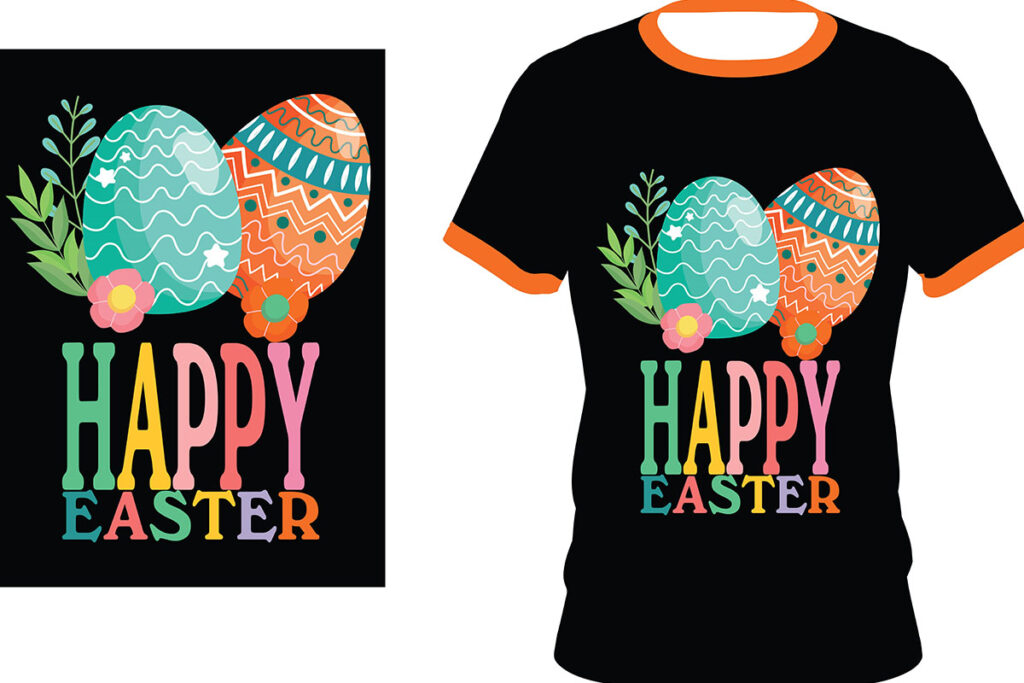DTF transfers, or Direct to Film transfers, have revolutionized the custom apparel printing landscape, providing a versatile and efficient way to create vibrant designs. This innovative technique allows users to print intricate images onto specialized transfer films, which can then be heat-pressed onto various fabrics, ensuring a high-quality finish. As the popularity of DTF printing continues to grow, understanding the best practices and essential tips for successful transfers becomes crucial. With the right approach, including optimizing printer settings and selecting quality materials, anyone can achieve stunning results in their printing endeavors. This guide will delve into the dos and don’ts that beginners should follow to elevate their DTF transfer game, ensuring long-lasting and eye-catching apparel products.
Direct to Film (DTF) printing, often referred to as film transfer or heat transfer, is an emerging technology in the realm of custom clothing design. This method allows detailed graphics to be printed directly onto a film, which can easily adhere to various textiles when heat is applied. As artists and entrepreneurs explore this groundbreaking approach, mastering the intricacies involved in the transfer process is essential for success. Key elements such as material quality, printer calibration, and transfer techniques are vital for achieving impressive and durable results. This beginner’s guide to DTF provides valuable insights and practical tips for those eager to dive into the world of custom apparel printing.
Understanding the Basics of DTF Printing
Direct to Film (DTF) printing is revolutionizing the custom apparel industry by enabling creators to apply intricate designs directly onto transfer films. This process involves printing high-quality images using specialized DTF inks, which are then heat-pressed onto a diverse range of fabrics. Understanding the fundamentals of DTF printing is essential for beginners; it not only allows for creativity and innovation but also results in vibrant and durable prints. By mastering the basics, you establish a solid foundation to explore advanced techniques and ensure your projects stand out.
In addition to recognizing the materials and technology involved, it’s crucial to understand how DTF printing differs from other methods like Direct to Garment (DTG) printing. While DTG directly prints onto the fabric, DTF employs a unique transfer film that allows for greater versatility in fabric choices. Familiarizing yourself with these concepts will empower you to make informed decisions regarding your printing choices and optimize your output quality.
Best Practices for DTF Transfers
When embarking on your DTF printing journey, adhering to best practices is pivotal for success. First and foremost, invest in high-quality DTF films and inks, as these are the cornerstone of bright and long-lasting prints. Equally important is ensuring your printer settings are precisely calibrated, including maintaining a resolution of 300 DPI for optimal image clarity. Regularly reviewing user manuals can provide you with the knowledge to make necessary adjustments that enhance print quality.
In addition, performing pre-treatment on the fabric creates a superior bond between the print and the material. This practice not only contributes to the longevity of your design but also prevents premature wear and fade. Beginners are encouraged to diligently apply these practices and seek guidance from industry-leading resources to maximize their chances of achieving stunning DTF transfers.
Furthermore, always ensure that your heat press is functioning optimally, as the right temperature plays a significant role in adhesion quality. Striving for precision during the transfer process can make the difference between a missed opportunity and a successful print.
Key DTF Transfer Tips for Beginners
For those new to DTF transfers, several essential tips can enhance your printing experience. One significant tip is to always conduct test transfers on scraps or left-over fabric before committing to larger pieces. This practice provides insights into your settings and materials, helping you identify potential issues early on. Learning from these tests can also guide necessary adjustments and improve your overall output.
Another vital tip is to keep your workspace organized and well-maintained. Clean equipment ensures that you achieve high-quality prints free from defects caused by clogged nozzles or dirty surfaces. Establishing a routine for cleaning your printer and tools can significantly impact the consistency and quality of your DTF transfers.
Avoiding Common DTF Transfer Mistakes
As a beginner in the world of DTF printing, avoiding common mistakes can save you time, resources, and frustration. One common pitfall is skimping on heat during the transfer process. It’s essential to adhere to industry standards of 320°F to 350°F to ensure proper adhesion. Using too little heat can result in peeling designs that ultimately fail to meet quality expectations.
Additionally, don’t rush through the cooling process of your transfers. Allowing the printed design to cool completely before handling is crucial for maintaining the integrity of the print. This patience directly correlates to the durability of your final product, so take the necessary time for the cooling phase.
Maintaining Equipment for DTF Success
One of the foundations of successful DTF printing lies in maintaining your equipment. Regular cleaning and maintenance of your printer are essential to prevent clogged nozzles and ensure a seamless printing process. Establish a routine that includes cleaning print heads as recommended by manufacturers, and be on the lookout for any issues that may need addressing before they escalate.
Additionally, ensure that you follow the guidelines provided by your DTF equipment’s manual. Staying informed and proactive about maintenance can create a more consistent printing experience, keeping downtime to a minimum and optimizing your productivity in custom apparel printing.
Harnessing Customer Feedback for Improvement
In the custom apparel printing business, customer feedback serves as a powerful tool for improvement. Engaging with customers and understanding their experiences with your DTF transfers can provide invaluable insights into what works and what doesn’t. By listening to their feedback, you can make informed decisions that enhance the quality and satisfaction of your products, ultimately driving repeat business.
Moreover, implementing feedback into your workflow can lead to innovative practices that distinguish your brand in the competitive market. Consider creating channels for customers to easily share their thoughts, such as surveys or review platforms. This proactive approach can significantly improve your DTF transfer process and strengthen relationships with your clientele.
Frequently Asked Questions
What are DTF transfers, and how do they relate to custom apparel printing?
DTF transfers, or Direct to Film transfers, are a revolutionary method in custom apparel printing where intricate images are printed onto a special film. This film can then be heat-pressed onto a variety of fabrics, allowing for high-quality, vivid prints that are durable and resistant to wear.
What are the best practices for DTF printing to ensure high-quality results?
The best practices for DTF printing include using high-quality DTF films and inks, maintaining optimized printer settings (ideally at 300 DPI), pre-treating fabrics for better adhesion, and conducting test transfers before full batches. These steps help achieve the best results and improve the longevity of your prints.
How can I improve adhesion during the DTF transfer process?
To improve adhesion during the DTF transfer process, it’s essential to pre-treat your fabric using a suitable solution that helps the transfer bond effectively. Additionally, using the right amount of heat between 320°F and 350°F is crucial for ensuring proper adhesion without damaging the print or fabric.
What common mistakes should beginners avoid when working with DTF transfers?
Beginners working with DTF transfers should avoid mistakes like skimping on heat, rushing the cooling process, neglecting equipment maintenance, and ignoring customer feedback. Each of these missteps can lead to poor quality prints or operational inefficiencies.
What equipment is essential for successful DTF printing?
Successful DTF printing requires quality equipment, including a reliable DTF printer (such as those from Epson or Mimaki), a heat press with adjustable temperature settings, and high-quality DTF transfer film and inks. Maintaining and cleaning your equipment regularly is also vital for optimal performance.
What resources can help beginners learn more about DTF transfer tips and techniques?
Beginners can benefit from resources such as guides from industry leaders like Ryonet and Printful, which offer insights on best practices for DTF transfers. Online forums, tutorial videos, and webinars can also provide valuable tips for enhancing their DTF printing skills.
| Key Point | Details |
|---|---|
| Do Choose Quality Materials | Select high-quality DTF films and inks from reputable suppliers to ensure vibrant and durable prints. |
| Do Maintain Printer Settings | Optimize printer resolution at 300 DPI and check color profiles for effective output. |
| Do Pre-Treat the Fabric | Use suitable pre-treatment solutions to improve print adhesion and durability. |
| Do Test Transfers | Conduct tests on leftover fabric to identify issues before large batches. |
| Don’t Skimp on Heat | Maintain proper temperatures between 320°F and 350°F for optimal adhesion. |
| Don’t Rush the Cooling Process | Allow transfers to cool adequately before peeling to prevent damage. |
| Don’t Forget to Clean Your Equipment | Regularly clean your printer and tools to avoid clogged nozzles and printing defects. |
| Don’t Ignore Customer Feedback | Use customer experiences to improve the DTF transfer process continually. |
Summary
DTF transfers are revolutionizing custom apparel printing, allowing for vibrant and long-lasting designs. By following the outlined dos and don’ts, beginner printers can enhance their technique and achieve high-quality results. The importance of using quality materials, maintaining optimal printer settings, pre-treating fabrics, and conducting tests cannot be overstated. It is equally essential to avoid common pitfalls, such as insufficient heat application, rushed cooling processes, and neglecting equipment maintenance. Moreover, paying attention to customer feedback is crucial for continuous improvement. Overall, successful DTF transfers require patience, practice, and a commitment to quality for both the printer and the end-user.



